Optimal Timing for Industrial Roof Replacements
Choosing the optimal time for industrial roof replacements can impact project quality and longevity. Weather conditions, temperature, and operational considerations are key factors influencing timing decisions.
Spring offers moderate temperatures and longer daylight hours, facilitating efficient installation and curing processes.
Summer provides extended daylight but can pose challenges with high temperatures and potential heat-related delays.
Fall typically features cooler temperatures and less precipitation, making it suitable for roof replacements before winter.
Winter is generally less ideal due to cold temperatures, snow, and ice, which can hinder installation and affect materials.
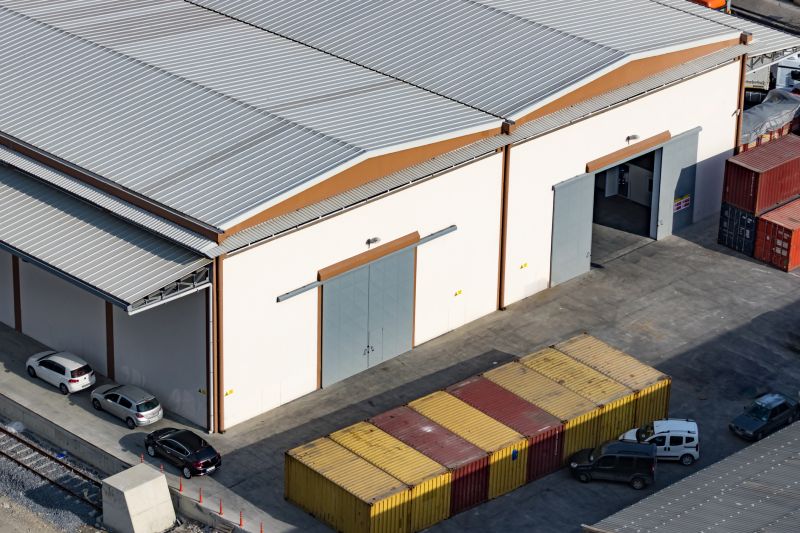
Ways to make Industrial Roof Replacements work in tight or awkward layouts.
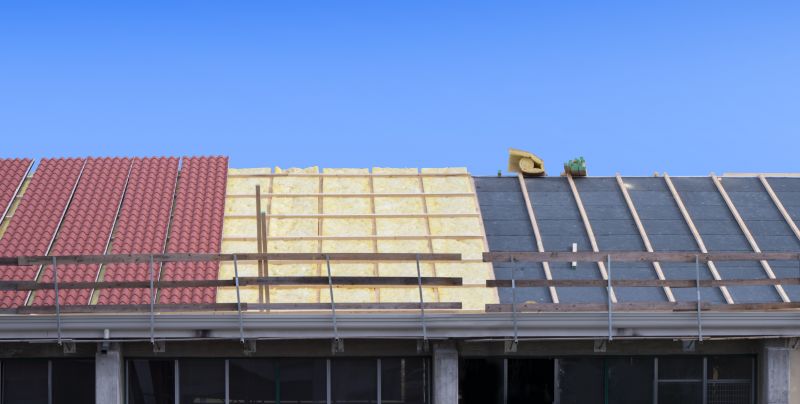
Popular materials for Industrial Roof Replacements and why they hold up over time.

Simple add-ons that improve Industrial Roof Replacements without blowing the budget.
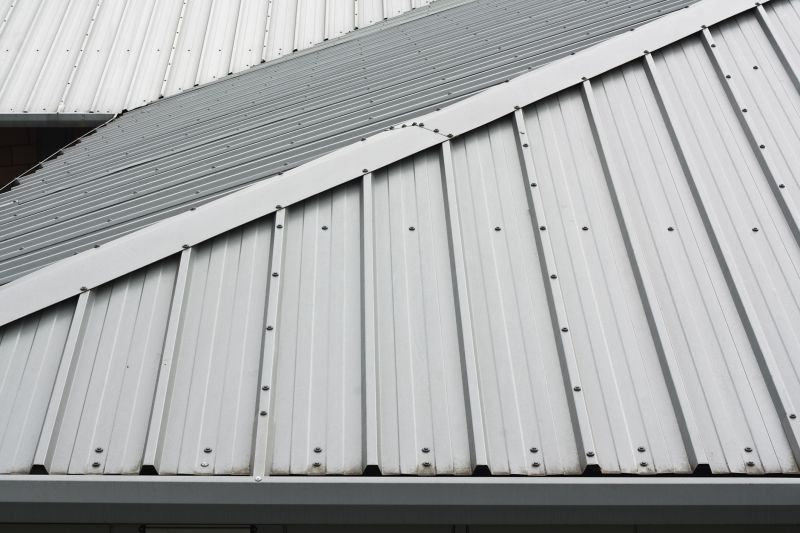
High-end options that actually feel worth it for Industrial Roof Replacements.
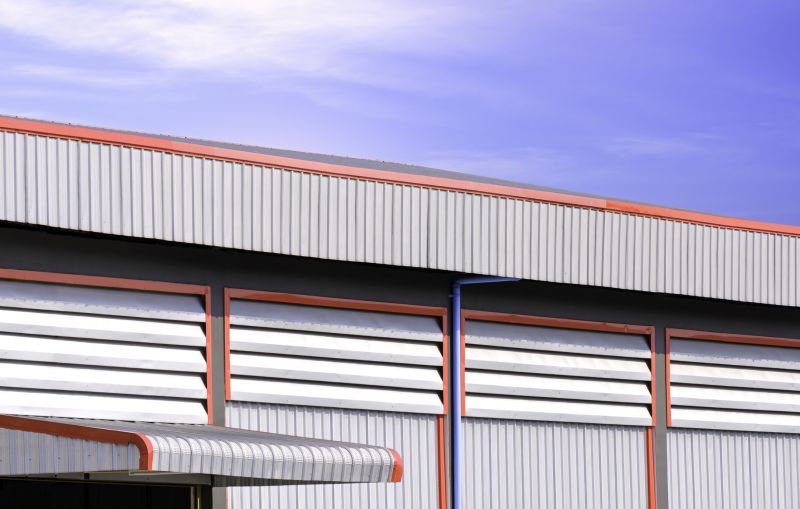
Finishes and colors that play nicely with Industrial Roof Replacements.
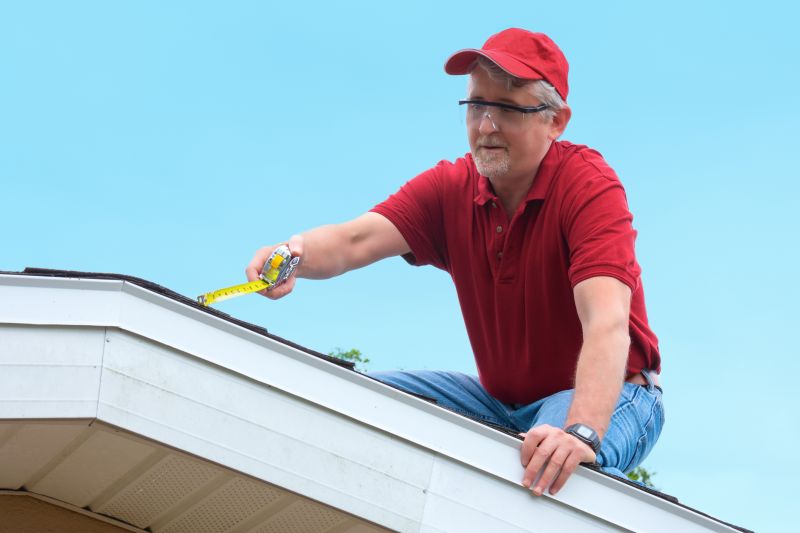
Little measurements that prevent headaches on Industrial Roof Replacements day.
Industrial roof replacements are critical for maintaining structural integrity and operational safety. Proper timing ensures minimal downtime and optimal material performance. Weather conditions significantly influence the success of installation, with ideal periods characterized by dry, moderate temperatures. Statistically, scheduling in spring and fall often results in fewer weather-related delays and better adherence to project timelines.
| Season | Ideal Conditions |
|---|---|
| Spring | Moderate temperatures, low precipitation |
| Summer | Long daylight hours, potential heat concerns |
| Fall | Cool temperatures, dry weather |
| Winter | Cold temperatures, snow, ice |
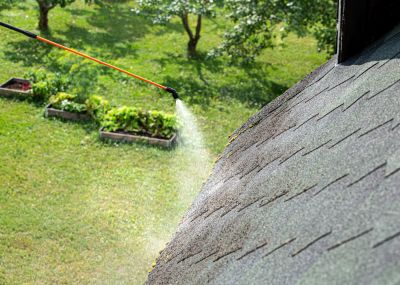
A 60-second routine that keeps Industrial Roof Replacements looking new.
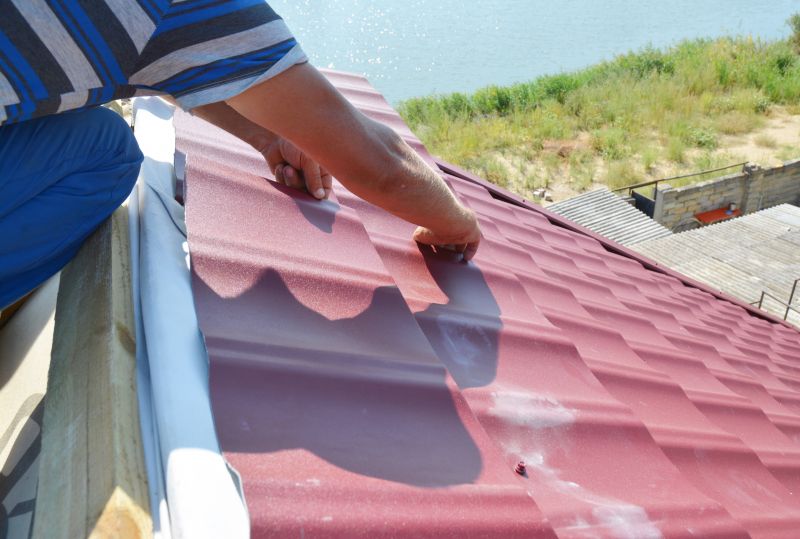
A frequent mistake in Industrial Roof Replacements and how to dodge it.
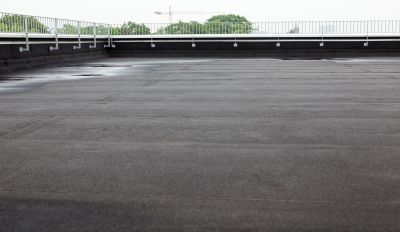
Small tweaks to make Industrial Roof Replacements safer and easier to use.
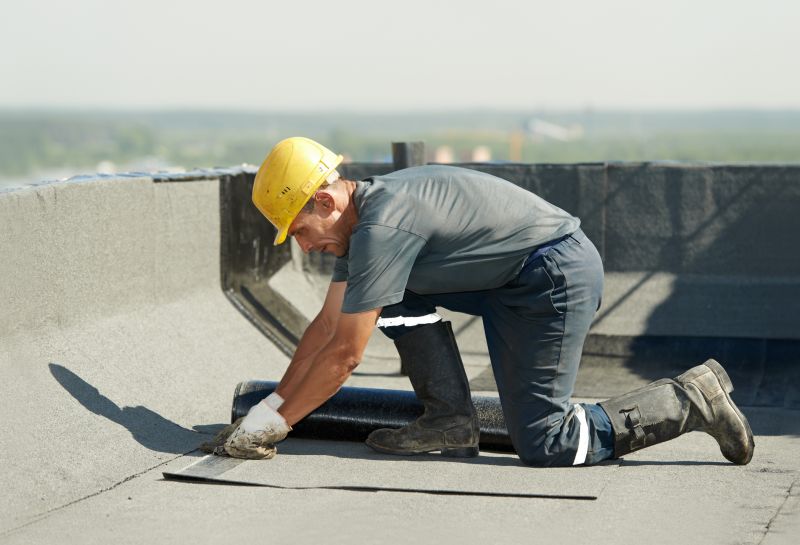
Lower-waste or water-saving choices for Industrial Roof Replacements.
For those considering an industrial roof replacement, timing can influence project efficiency and durability. It is advisable to plan during periods with favorable weather conditions to reduce risks and ensure quality. Contacting professionals for assessment and scheduling can help identify the best window for replacement based on specific operational needs and local climate patterns.
